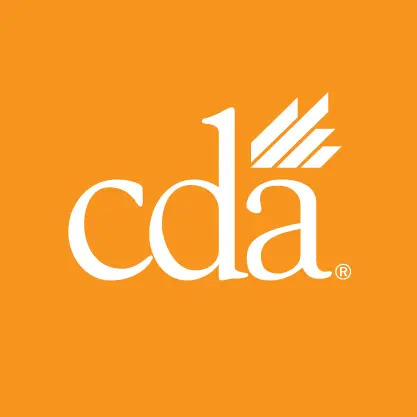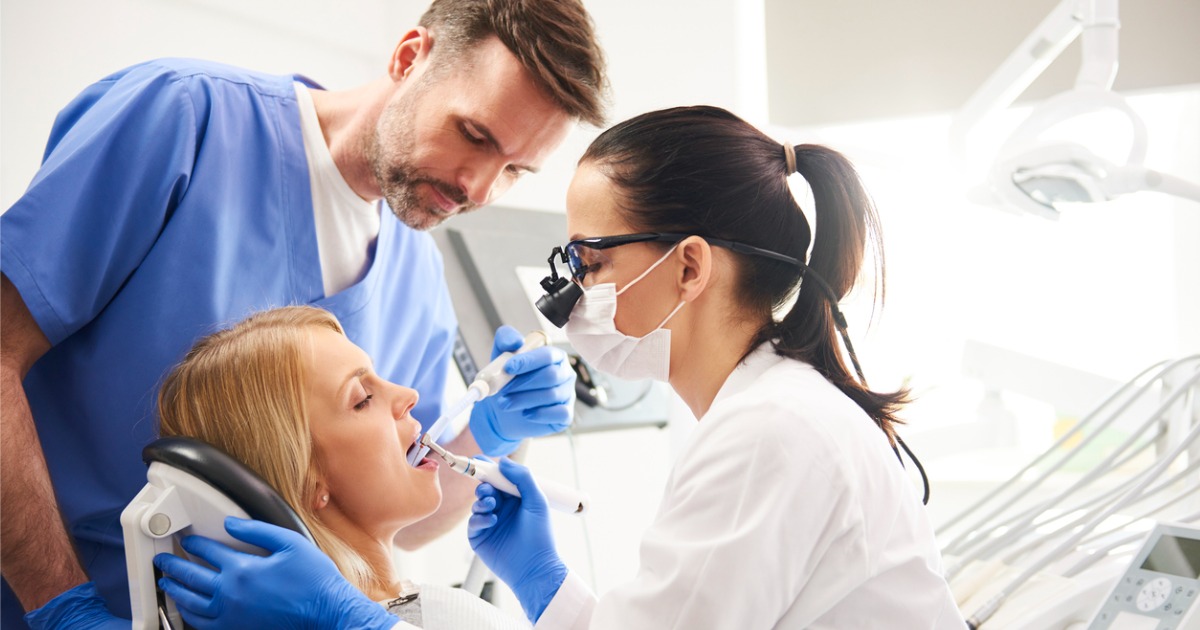More than 400 CDA member-dentists tuned into a virtual membership meeting on Jan. 22 to learn how new laws and updates to the Dental Practice Act will impact their practices.
Three CDA experts — Policy Director Mary McCune, Workforce Development Specialist Ashley Reich and Senior Regulatory Compliance Analyst Teresa Pichay — led the meeting and provided resources to guide members’ implementation of the changes.
Advocacy on behalf of membership
McCune noted early in the meeting that dental assisting workforce shortages have continued to be a top concern for CDA members and, as such, have been a top priority within the organization. She described CDA’s advocacy for legislation that would make registered dental assisting licensure more accessible to individuals without compromising patient safety.
CDA was successful in getting legislation passed that created three new pathways to RDA licensure that will take effect July 1, 2025. These are in addition to the two options for licensure that are currently in place. The new pathways are:
- RDA preceptorship
- Alternative educational programs
- DANB certified dental assistant
McCune explained that the intent behind opening additional pathways was to create better parity in the hours required for education and to allow easier portability for dental assistants from other states who come to California. These changes are designed to streamline the route into the profession while enhancing the scope of practice for dental support staff, ultimately contributing to a more efficient and adaptable dental care environment.
“While there’s no singular solution to help with the workforce shortage, these new pathways can help empower dental assistants seeking licensure,” McCune said, adding that the hope is that with incoming CDA resource, members will be emboldened to “take on mentorship roles within their practice and encourage retention as a way to alleviate employee shortage issues.”
Changes expand scope of duties
Reich discussed the expansion of duties that allow both dental and orthodontic assistants to perform more complex tasks under the supervision of a licensed dentist.
In a move that CDA considers a major win for its members, dental assistants can now perform coronal polishing duties after completing a board-approved course. And as of Jan. 1, 2026, dental assistants who are board-certified for extended functions (RDAEF) and have completed a board-approved course in interim therapeutic restoration and radiographic decision-making can perform enhanced duties under a supervising dentist’s direction.
Another change applies to assistants in an orthodontic setting.
“Previously there were very minimal orthodontic specific scope of duties for an RDA,” Reich explained. “So, this allows for some additional capacity for a registered dental assistant in an orthodontic setting.” A registered dental assistant can now isolate etch bond and attach composite buttons for orthodontic procedures, size, fit, secure and remove orthodontic bands.
Reich explained that updates to permitted duty statements have attempted to contemporize those statements for all licensures. “Permit categories now reflect new technologies, new materials within the profession and making sure that it’s very clear what the scope of duties include,” she said.
Understanding statutory changes that impact dentists directly
Expert analyst Teresa Pichay described legislative updates that directly impact dentists as they maintain clinical licensure.
Two new categories of education are now acceptable for continuing education credits:
- The impact of the licensee’s mental health and wellness on the delivery of dental services
- Diversity, equity and inclusion and its impact on the delivery of dental services
Pichay also detailed the changes to regulatory requirements for dentists practicing with a fictitious name permit, as well as the major changes to sedation permits that took effect in 2022.
Experts answer members’ questions
Members were invited to ask the CDA presenters questions during the live meeting. They asked about and received clarification on licensure of temporary employees, timing of infection control and X-ray courses, permits needed for nitrous oxide, whether assistants should be paid to take additional coursework and other issues.
Meeting attendees received an email on Jan. 29 that provided clickable links to all the information and resources discussed during the meeting. A recording of the meeting can be accessed after signing in to CDA’s Online Learning platform.
The presenters urged members with any questions or concerns to contact CDA’s practice support team by phone or email.

